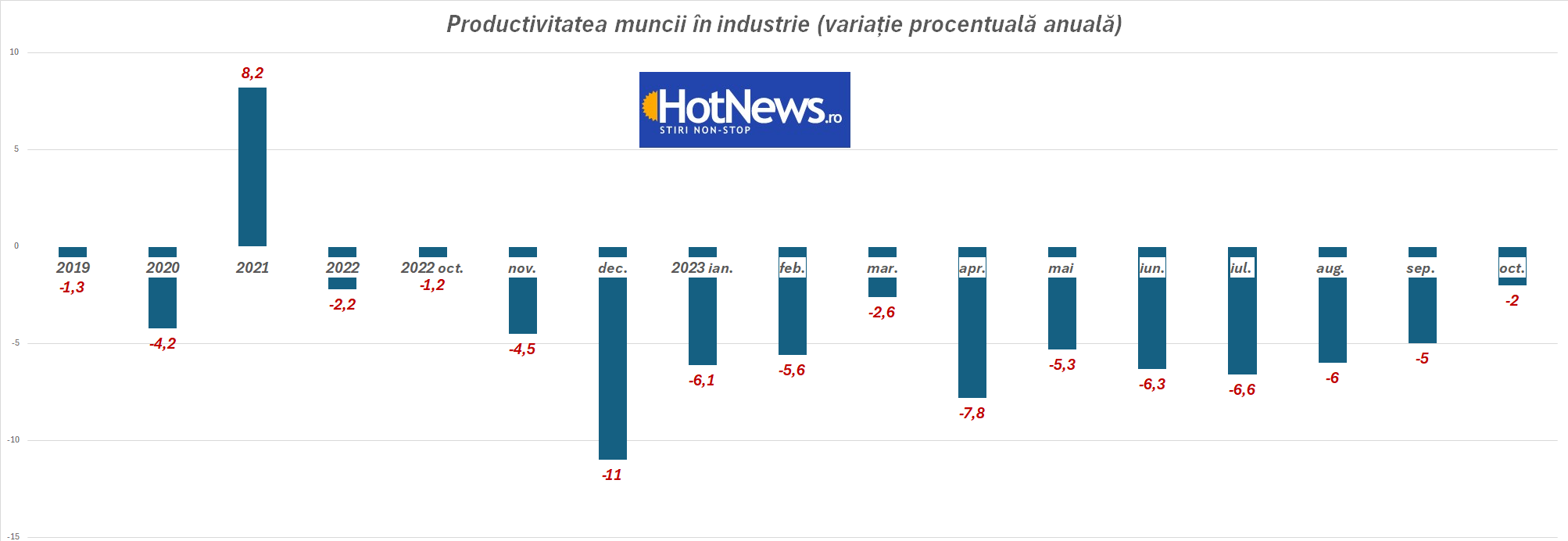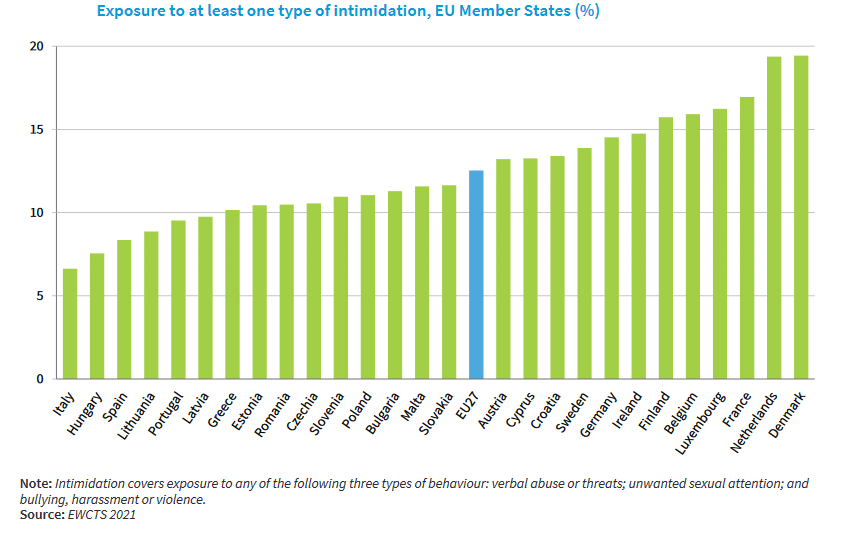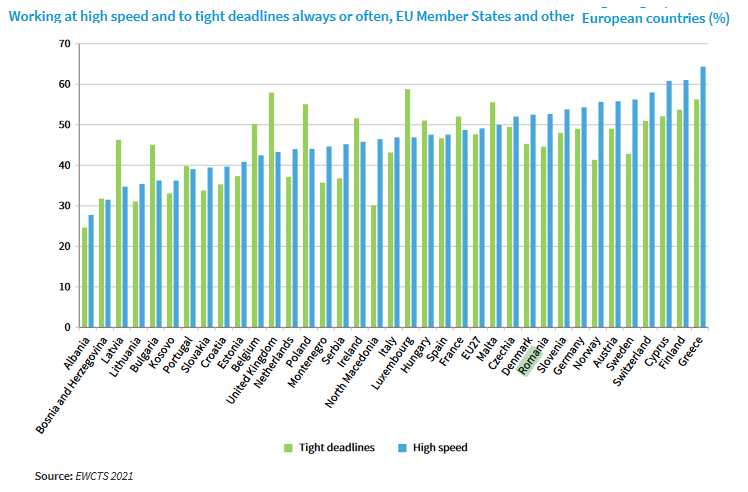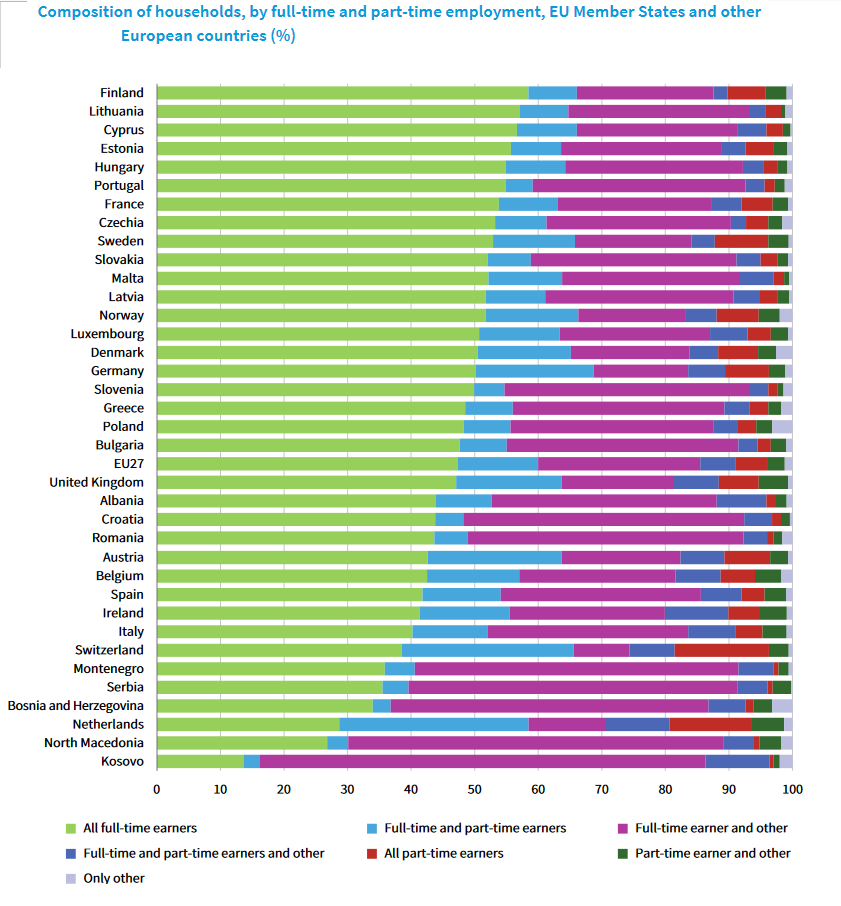
When Ioan Iftode from Iasi tried to hire a good locksmith for his small metal fabrication company, he posted an ad online. The answers came instantly: potential employees were primarily interested not in what they should do, but in the salary level. One told him bluntly, “Without 6,500 lei net, I won’t get out of bed!”
The same thing happens in much more prosaic spheres of activity. The former bank manager, now retired, was willing to pay 300 lei a day this summer to mow the grass in his yard. He did not find a person. “And don’t imagine, Mr. Popa, that I have a yard of 5 hectares. This is the yard of an ordinary country house, where I retired. In vain! They probably knew what I was doing because they demanded 600 lei/day from me, some 400 kilometers away from the capital, where the average salary/day was not even 200 lei/day,” says the former banker.

This is what happened to the owners of the vineyard, who tried to take the pickers to their vineyard this fall (we are talking about the fall of 2023). They couldn’t find it, although they offered 300 lei/day plus accommodation, food, tobacco and drinks.
According to the data of the National Bank, the productivity of industrial workers has been negative for several years. Despite these numbers, one can only wonder what kind of relationship we have with work.
The job market is getting tighter – it’s getting harder to find good workers, especially since the pandemic has reset people’s relationship with how they work.
And the fact that we have more and more free days a year does not help.
The pandemic came, we had a Great Retrenchment, the labor market suffered.
– Where did our workers go? , we wondered then. And “what do employees do at work?”, we would be tempted to ask today. To the first question, we answer that the able-bodied emigrated, and to the second, we admit, we cannot give a clear and eloquent answer.
Because if the unemployment rate is low, productivity falls freely. One hour of work for a Romanian industrial worker produced 7% less wealth than in 2021.
A phenomenon that worries economists, because productivity is not just a statistical indicator, but has concrete consequences.

Productivity increases allow companies to increase their revenues, thus supporting growth and thus being able to finance wage increases. But above all, they bring more money to the (already shaky and leaky) state budget. When productivity falls, you create a structural problem in public finances.
One explanation is related to certain cyclical phenomena: an increase in the level of apprenticeships and a decrease in the unemployment rate, which brought many low-skilled and, therefore, unproductive people into the labor market.
However, the advantage of these factors is that they disappear as new workers acquire skills. It should be noted that here (according to the INS) very few workers attend formal or informal training courses.
Added to the above are deep-rooted and troubling problems, such as the deindustrialization of the economy: in Romania, industry made a negative contribution to GDP growth (-0.5% in 2022). The internet has created far more minimum wage jobs in logistics or transportation than engineering jobs.
Another obstacle is the fact that Romania, like the rest of Europe, faces a chronic lack of investment in research and development. When you say Germany, you mean good cars. If you say Switzerland, you say quality watches. When you say Scotland, you think quality whisky. Or, in the case of France, to good wine. But with what do you associate the image of Romania?”, Jean Valvis, the creator of some well-known brands on the market, asked rhetorically.
Across the EU, actual hours worked fell by an average of one hour per week for all workers aged 15-64 between Q2 2019 and Q2 2020. There were significant differences between member states, with Austria, Belgium, Estonia, Portugal and Romania seeing the most significant reductions.
According to the European Working Conditions Survey, more women than men experienced discrimination and intimidation. The most discriminated group is women aged 25 to 34. About 15% of them said they had experienced discrimination, 5 percentage points more than men in the same age group. Prevalence was lowest among men aged 56 years and older (reported to be about 8%).

Verbal abuse is most common among the youngest workers (ages 16 to 24), and least common among older workers (ages 56 and older). Employees of the middle age group (from 35 to 44 years) most often reported harassment or violence. page
Healthcare professionals reported the highest prevalence of any type of bullying. In the field of health care, women report that they are subjected to intimidation and discrimination more than men. Bullying was second most common in the transport sector, with women in the sector reporting the highest levels of discrimination, followed by public administration.
In both sectors, more men were verbally abused (12% in transport and 15% in public administration) than women (10% and 11%, respectively).
By type of activity, employees of the service and trade sectors were most exposed to different types of intimidation (12%).
The proportion of workers who reported working 48 hours or more per week varied widely by country, with 34% of workers in Greece, 26% in Romania, 24% in Poland and 23% in the Czech Republic, but only 10% of workers in the Netherlands and 9% in Denmark.

Whether we are discussing macroeconomic or sociological causes, the consequences of this decline in productivity are the same. The situation could lead to a crisis in public finances if the state does not offer programs that will lead to a recovery in productivity.
In order to meet its fiscal targets, Romania has only two choices: drastic cuts in public spending and/or significant increases in revenues. None of these decisions will be approved by taxpayers, especially as election periods approach.
In reality, we have been living outside our comfort zone for 30 years, financing the system through massive debt. On the day we have to draw the line, the awakening can be brutal.
“The recovery of economic growth depends on the recovery of productivity growth, which in turn depends on the decisions of companies to resume investment. But productivity growth will slow as long as money is found to finance inefficiencies. And the vision, according to which increased public spending to stimulate the economy will lead to the recovery of economic growth, is not healthy precisely because it can finance inefficiencies,” explained Lucian Croitoru, adviser to the governor.
Source: Hot News
Ashley Bailey is a talented author and journalist known for her writing on trending topics. Currently working at 247 news reel, she brings readers fresh perspectives on current issues. With her well-researched and thought-provoking articles, she captures the zeitgeist and stays ahead of the latest trends. Ashley’s writing is a must-read for anyone interested in staying up-to-date with the latest developments.